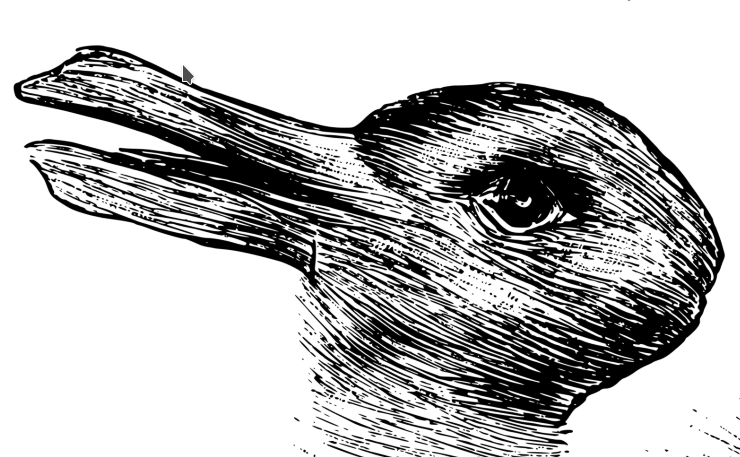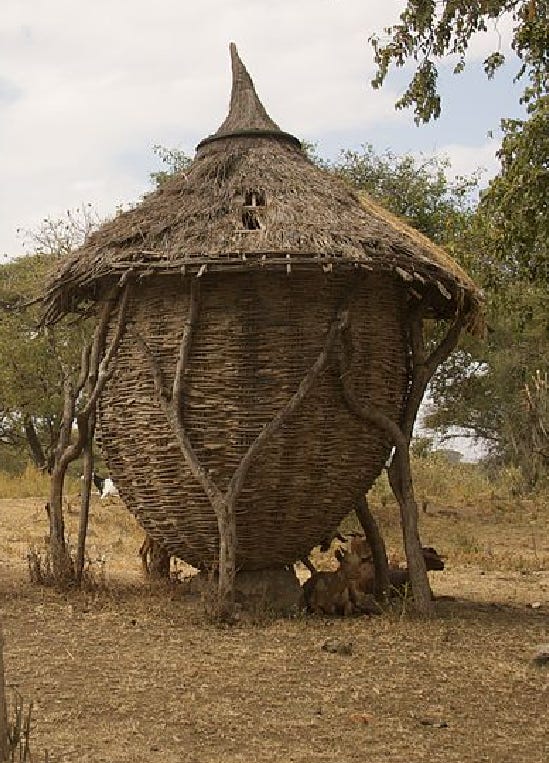
Footnote to 'Divining the… —gap' : Structure/bones & taphonomy of life
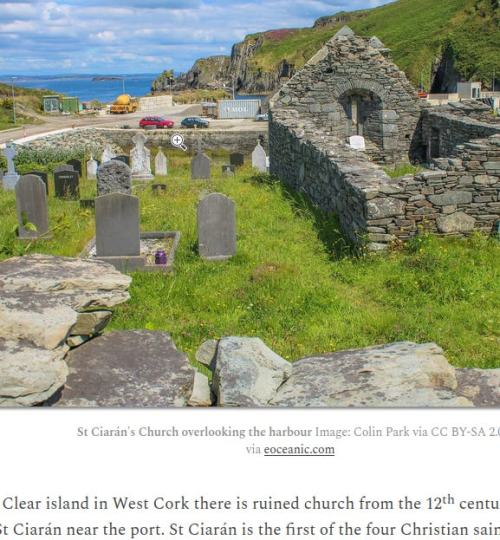
In Divining the…—gap I mentioned St Ciarán and the ruins of a stone church, making special with the dead, because sacrifice, amid the holy graves and their lovely bones. And in this sacred loss, a ruined wall with the gaps of a wooden structure in its walls, possibly indicating the wooden structure it was built against, long rotted away, and that the wooden-building's base on the sand is falling into the sea.
I would like to reflect on that a little more below. Often prayers need repeating.
This ghost building’s footprint, I said, symbolised the taphonomy of life, where not all fossils are bones safely buried and their substance replaced by a harder rock honouring their form… —that our lived experience is like that 12th Century church dedicated to the saint on the island where he was born, and the beginning of life is like an echo of whispered pray in that wooden building built, and whose ground is now falling into the sea. All we have of it is a gap, a ghost of the wood, in a stone wall built against it. We feel it in our bones, but…
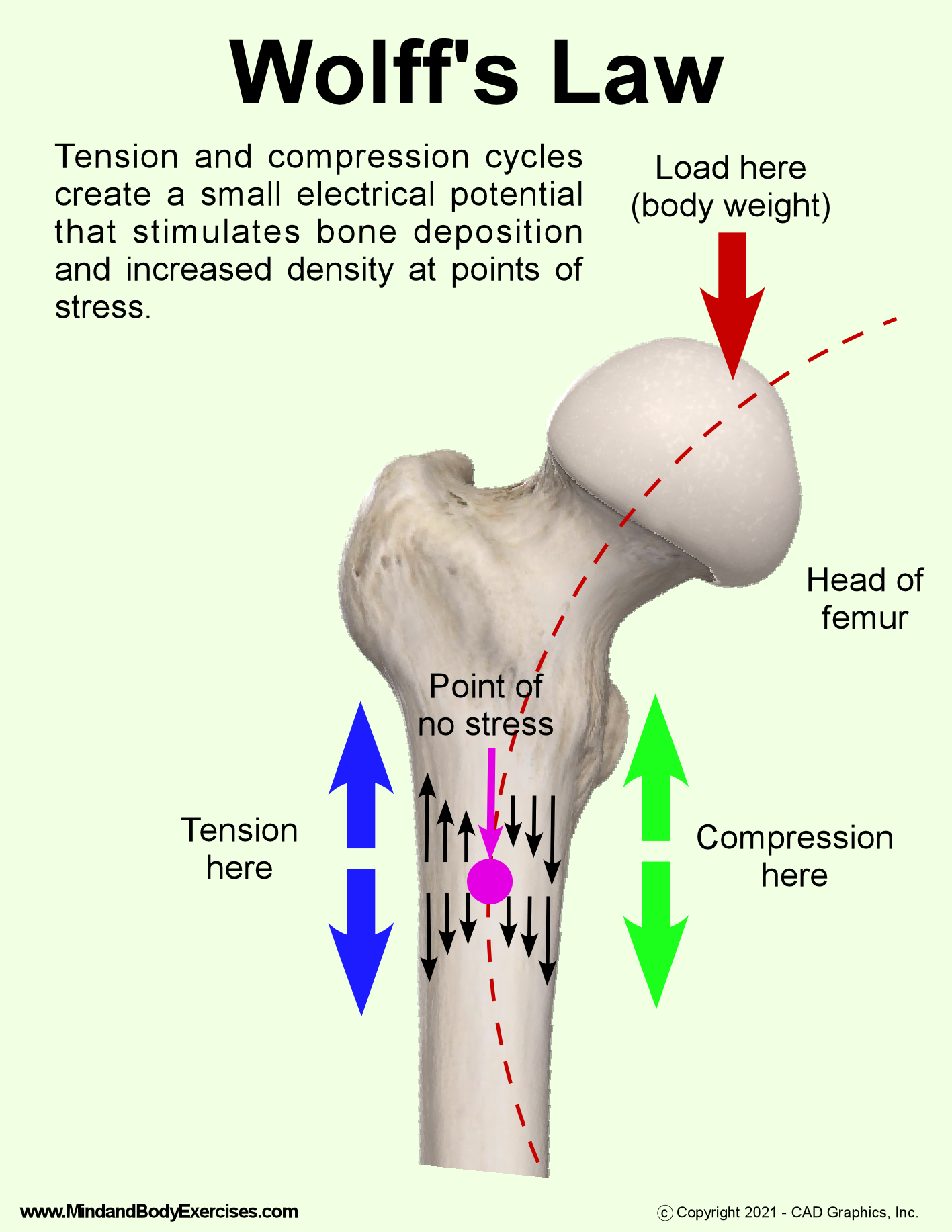
—Who prayed? Who to? What for? Why? A baptism? A wedding? A funeral?
Because bones are fossils even before they are buried, even before the flesh rots away. Bones reflect the development, and activity of the living. See Wolff's law.
At the moment of death they capture the last dance of a lifetime, that poetry in motion now deceased decomposes. Movement's muscles no longer shape the bones, and that is what becomes the fossil we find engrqved below.
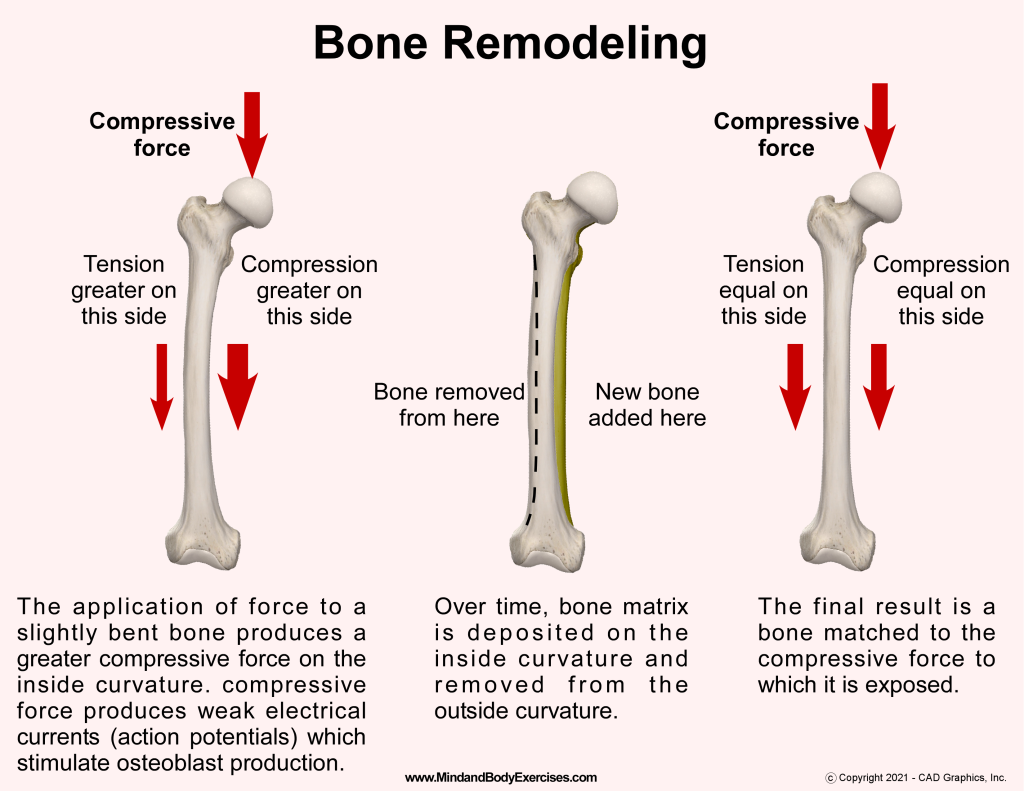
Bones are always, already 'fossils', but marking life's movement and compostion, and not death like a fossilised bone. Life itself is a 'fossil' of it's survival, we call this process evolution.
Grammarians fossilise the bones of their heroic ancestors when they conserve, with good reason, that which they feel is best. Babies do not care. Life goes on. Grammarians feel they should should more strongly, because worlding is good. Life goes on. Grammarians can exist because babies form languages when they acquire them. Grammarians do not care, they are adult babies who have forgotten how they got here. Life goes on. But evolution is not the evolution of structures, complexity maybe, but structures are an outcome, not a cause. Skeletons are fossils of movement, they cause nothign to move.
Now back to talking churches and architecture, while remembering, please, bone itself is a 'fossil' of movement, so we can metaphor the buildings as skeletal remains to the soft tissues of their use… please kept it in mind here…
—some say Greek columns are trees, symbols in stone imitating that which rots away without rotting, placed to form an entry to holy thickets of stone, trophy halls, and as porticoes intimating the sacred groves in offering shade to the people of the polis as they go about their practices and responsibilities.
See also on Greekness and columns Proportions of the Janus Ratio.
Or perhaps they are the stoney-bones of symbolic trees, a grammar of the woods built back better, and the structures they inform are designed to suit the emperor-grammarians, polishers of bones and other trophies of success museumed into glory, and not the babies and their worlds making special. Remember these bones, these buildings, compose th emovement of the world and those who would thing there way to power.
So, I ask the internet, if one just used trees as trees in buildings… and de-bone the grammarian delight of stone, if not retro-nostalgia of ancestor worship—what would "structuralism" look like then?
Why Ethiopian granaries of course.

Ethiopian Granaries - Ethiopia, 2007. by A.Davey but via Vernacular Architecture of Traditional African Village Huts and https://commons.wikimedia.org/wiki/File %3AEthiopian_Granaries_(5065878610).jpg leading to https://www.flickr.com/photos/adavey/5065878610/. with the postscript for A.Davey by Siabala, Luis on January 17, 2020 “El señor Alan Devey ha resultado una de esas gratas sorpresas no tan frecuentes. Sus archivos fotográficos representan un patrimonio cultural importante, especialmente para América Meridional que la ha visitado y retratado con registros de gran maestría. Muchas gracias amigo Alan por su producción, especialmente en lo que toca al Perú, mi patria. Un fuerte abrazo. Luis Siabala Valer”
